To find a twin of the Earth in space may be impossible
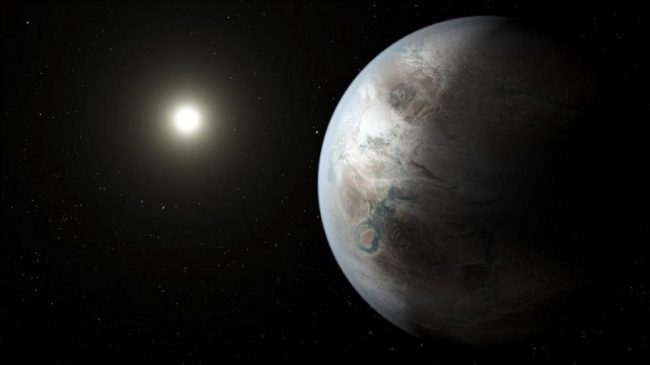 Source:
Source:
Of all the places that we have ever seen in the Universe, only the Earth has provided us with evidence of the existence of life. But why? Because life is rare, and it requires from us all the conditions we have on Earth to be supported? Or because life is omnipresent, but we found her here, because her find was the easiest?
Since we're on the Ground all arranged as arranged, we tend to think that if we had a planet and a star with the same properties as the Earth and the Sun with the same age, with the same orbital distances, sizes and masses of the same materials, then again we would have received life. We also assume that other combinations are less likely. But all our assumptions can be incorrect. The land can be as rare as life.
In 2015, NASA announced the discovery of Kepler-452b, and called it "the most similar to Earth exoplanet" of all that was ever discovered. Of course, she had a lot in common with the Earth, and its stars had a lot in common with the Sun:
the-
the
- Its native star very similar to the Sun in terms of temperature, mass, and size: this is the star G2, about the same brightness and overall survival. the
- It rotates at almost the same distance and about the same period as our planet around the Sun: 385 days instead of 365. the
- Star around which it revolves, is not much more developed than our Sun: over 1.5 billion years, which means 20% more energy powerful and 10% cooler.
The planet Itself is not much bigger than our Earth, and its radius is 60% more.
And although these conditions may seem "like the earth", discovered the world, of course, has Earth anything to do.
In our Solar system the difference between Earth and Venus is tiny: about 5% in radius. For comparison, the difference between Earth and Uranus or Neptune is huge: these worlds four times bigger than Earth in radius. Therefore, more than 60% may not seem like an exaggeration, but a high probability that we will find a solid planet with a thin atmosphere, which will have the properties of a gas giant: a large shell of light atmospheric gases. In fact, there is a very narrow window, which is considered "earth" sized planets, and a deviation of more than 10-20% of the earth's size is too large.
However, there is every reason to believe that earth-like planets are fairly common. The latest results from Kepler, both show that the disk of the milky Way has at least 17 billion planets the size of Earth, and at least a few percent of the stars will have at least one earth-like world is at hand. Although our ultimate goal — this, of course, to find a world with advanced biological life — preferably a world with life during the Cambrian explosion — in our thoughts always go back to twin Earth. But that double, even if it exists, may be not the best place to search for.
Our Sun is a G star class age of 4.6 billion years. Although we think that she is one of the most common, it is not so: our star is more massive than 95% of all stars. M-dwarfs, little red asterisks represent the most common type of stars in the Universe: three-quarters of all stars represented by M-dwarfs. The oceans on our planet will boil over a billion years, but M-stars will be burning at a stable temperature of tens of trillions of years.
Kepler has found many earth-like planets around these M stars, which were located in suitable places to stay water on their surface in the liquid state and the weight of which quite fit the earthly definition. Although M-stars often give outbreak, and the planet near them must be closer, they also provide a more stable environment for their planets, with less ultraviolet rays and increased protection from severe manifestations of interplanetary and interstellar space. Tidal forces from their host stars is also stronger and shorter orbital periods give them a simple way to generate a large magnetic field might protect against flares.
These systems are quite common, and a system with a double Earth — no. What do we need for a true "double"? First of all we need a star like the Sun. This means that the star must not only be of the same temperature and spectral class, but about the same age. To life evolved and developed into something interesting, it takes time, and so we need some star system, which is many billions of years. But for too long, we can't wait, because the aging stars of the area of the kernel that connects the hydrogen with helium, increases, power output increases (along with the brightness and temperature). In the end, the planet (as Earth) that were once habitable will become too hot, who boils the water and not the giver of life to develop.
Suppose we have a window of 1-2 billion years, approximately 10% of the life of a star. In our galaxy of 200-400 billion stars, and about 7.6% of these stars are G-class as our Sun. Despite the fact that our Sun is more accurately classified as a G2V star, this still implies that about 10% of all stars are G-class will be the same type as our Sun. If you take the top edge, there are 400 billion stars, and 7.6% of which are G-class, 10% are of the same subclass as the Sun, 10% of whom were of an age for an interesting life. 300 million stars. But even then, not all of them will be enough heavy elements to create the earthly world.
Above you see the spectrum of the Sun. In other words, these lines that you see represent different atoms and their ratio. A lot of them in the Sun, and they have a very specific ratio. An indicator that is not hydrogen or helium, but synthesizes material on the Sun, astronomers call metallicity. If we want a planet like the earth, we need stars with metallicity for the solar type. It's not so bad; up to 25% of stars that all formed at the same time that our Sun was intermediate population I stars and many of them (perhaps around 15%) have the same metallicity, that of our Sun.
It turns Out that in our galaxy 11 billion stars like ours, with the same rate of heavy elements. How many of these 11 million solar "twins" have their earth twins in habitable zones?
We need to form a solid planet of suitable size with sufficient elements, a proper amount of water in the right place so she could be considered a twin of Earth. All these problems are interrelated. You would think that if the Central star will have the correct content elements, and formed on the planet should have the same relationship of density to the radius, as in our Solar system. But if your planet is 20% more radius than Earth, you will surely get an envelope of light gases — hydrogen and helium — which will cover your planet, even if you are in the inner part of the Solar system.
The World, which is 60% more Land will be more it in five times by weight, and it is too much to be a solid planet with a thin atmosphere. If we again scroll all the scores we get from forty to hundreds of thousands of earth-like planets with earth-like orbits near solar-type stars. 400 billion stars, the chances are extremely narrow.
And remember that the real purpose of finding such planets is the search for worlds that can support life like the earth. But if the purpose of it is, don't look for a "twin" of the Earth; it is better to look for smaller planets near the stars M-class. Better to look for earth-like worlds in potentially habitable zones around stars. These options will be much greater.
...Recommended
The Americans on the moon: what everyone should know?
the Upcoming cosmonautics day is my favorite holiday. It marks the triumph of the human mind: in just four thousand years Homo Sapiens went from hunter-gatherers to space explorers. 12 April 1961 Soviet cosmonaut Yuri Gagarin became the first man in ...
Why are some galaxies spiral shaped?
you Know what surprised me the most? The fact that we perceive the surrounding world as it is. Animals, plants, the laws of physics and the cosmos are perceived by many people as something so mundane and boring that they invent fairies, ghosts, monst...
Astronomers were able to see the death of another star system
In the cosmic ocean drifts a lot of mysteries about the existence of which we are unaware. One of these was uncovered five years ago, when astronomers have discovered a lonely star at a distance of 570 light years from Earth, the brightness of which ...
Related News
The launch of manned spacecraft "Soyuz MS-04" to the ISS is scheduled for April 20
the orbit will depart the astronaut «Roskosmos» Fyodor Yurchikhin and NASA astronaut Jack Fischer. Despite the fact that the ship is designed for three people, this time, as in subsequent, the manned transport spaceship ...
Cosmonaut Gennady Padalka: "I am delighted with the Mask and SpaceX"
On the occasion of the cosmonautics Day a popular entertainment and informational social network Pikabu.ru (sort of contribution to Reddit) was invited to the AMA-session Gennady I. Padalka, Hero of the Russian Federation, the Col...
#nasa | Discovered from 7 potentially habitable earth-like planets within a single system
Less than a year ago, astronomers announced a surprising discovery. They found three earth-like planets orbiting small, dim red dwarf. However, as it turned out, the first discovery scientists have "missed" a few available in this...
The launch of manned spacecraft "Soyuz MS-04" to the ISS is scheduled for April 20
the orbit will depart the astronaut «Roskosmos» Fyodor Yurchikhin and NASA astronaut Jack Fischer. Despite the fact that the ship is designed for three people, this time, as in subsequent, the manned transport spaceship ...
#video of the day | the Incredibly beautiful flight over the surface of Mars
For decades, the Red planet is a tasty morsel for the earth scientists. We all deep down dream one day to go , but so far his vast expanses of plowed only a single Rover . From orbit the planet is regularly photographed several re...
#photo of the day | the Space telescope "Hubble" captures the death of a star
named after the famous astronomer Edwin Powell Hubble, in 27 years of its existence has seen a huge amount of life in the universe. Each photo can be safely printed out and hung on the wall in a beautiful frame. Another amazing p...
Yapet: the strangest moon in the Solar system
In 1671, Giovanni Cassini stared through a telescope at Saturn and discovered a series of incredible miracles: the famous gap in its rings, the cloud bands in the atmosphere and more satellites. The second discovered moon of Satur...
#video | Company Blue Origin has shown how to fly and land its rockets "New Glenn"
just today Jeff Bezos, the head of the aerospace company Blue Origin, on his page on "Twitter" fully assembled rocket engine BE-4, which the company intends to use its new launch vehicle "New Glenn". That Bezos decided not to stay...
#photo of the day | Pictures of Saturn's rings, made as close to
it is sad, but the life of the spacecraft is about to end. Once started in 1997, it became part of the space program "Cassini-Huygens", aimed at the study , its rings and satellites. The last phase of life of the device, dubbed "t...
#photos | New pictures of Saturn's moon confirmed that he looks like a dumpling
This amazing inner satellite of Saturn was discovered in 1990 by mark Showalter in the analysis of images of the gas giant. First, the satellite has been given the working name of S/1981 S 13, but in September 1991 was renamed the...
Stephen Hawking is going into space
Stephen Hawking, one of the world's most famous physicist and cosmologist, said that he was going into space and will do this, thanks to the Virgin group (and a shred of modern technology). Even in 2015, sir Richard Branson, found...
Do people need to upgrade their body to survive on Mars?
to Live and dig in the space — especially on Mars — that for many years attracts our kind. Recently, SpaceX founder Elon Musk decided to put a very large sum of money to colonize the Red planet. NASA also likes to boast of his upc...
Perhaps SpaceX will no longer throw missiles
SpaceX was supposed to launch the Falcon 9 early last week, but because of the wind the launch was postponed. The second attempt was a success. Shortly after launch on Thursday, SpaceX announced that the EchoStar XXIII steadily mo...
Another team of scientists: "Pluto is a planet, like Jupiter's moon Europa"
Kirby Runyon Scientist from Johns Hopkins has something to prove: regardless of what there claims Pluto is a planet. And Europe, he says, the famous moon of Jupiter, like the Earth satellite the Moon, as more than 100 other celest...
The spacecraft will be built by 2021
the Head of RKK «Energy» Vladimir Solntsev said in an interview with journalists of RIA «news» that within four years the first space craft «Federation» will be completely ready to fly. the sun repo...
The budget reduced NASA: missions to Europe and to redirect the asteroid will not be
the Presidential plans of Donald trump regarding the NASA budget is now known, and now it seems that the us space Agency will not face such extreme cuts like other Federal agencies, States next year. NASA will receive $ 19.1 billi...
NASA astronomers would like to turn the Sun into a giant space telescope
NASA Astronomers try to look further and further into the Universe, and therefore they need large and powerful telescopes. And that is why a team of experts from the jet propulsion Laboratory (JPL) proposed the idea of using the l...
Astronomers are watching a crazy dance between a star and a black hole
Astronomers now watching a distant star circling in a deadly dance around a large black hole. The distance between the objects is only approximately 2.5 times the distance between Earth and the Moon. Being so close to one of the d...
He-who-can, but should: SpaceX and the prospects of colonization of Mars
Today we're looking at on the floating platform. Tomorrow we look out the window of the Mars dome (will it have Windows?), to admire . Between today and tomorrow — gap length... theoretically 10 to 20 years. Almost of the progress...
Today, March 14, Roscosmos began the selection of candidates in cosmonauts, writes TASS. They will fly to the moon. The squad will be selected citizens of the Russian Federation under 35 years of age, applicants must have a Univer...



















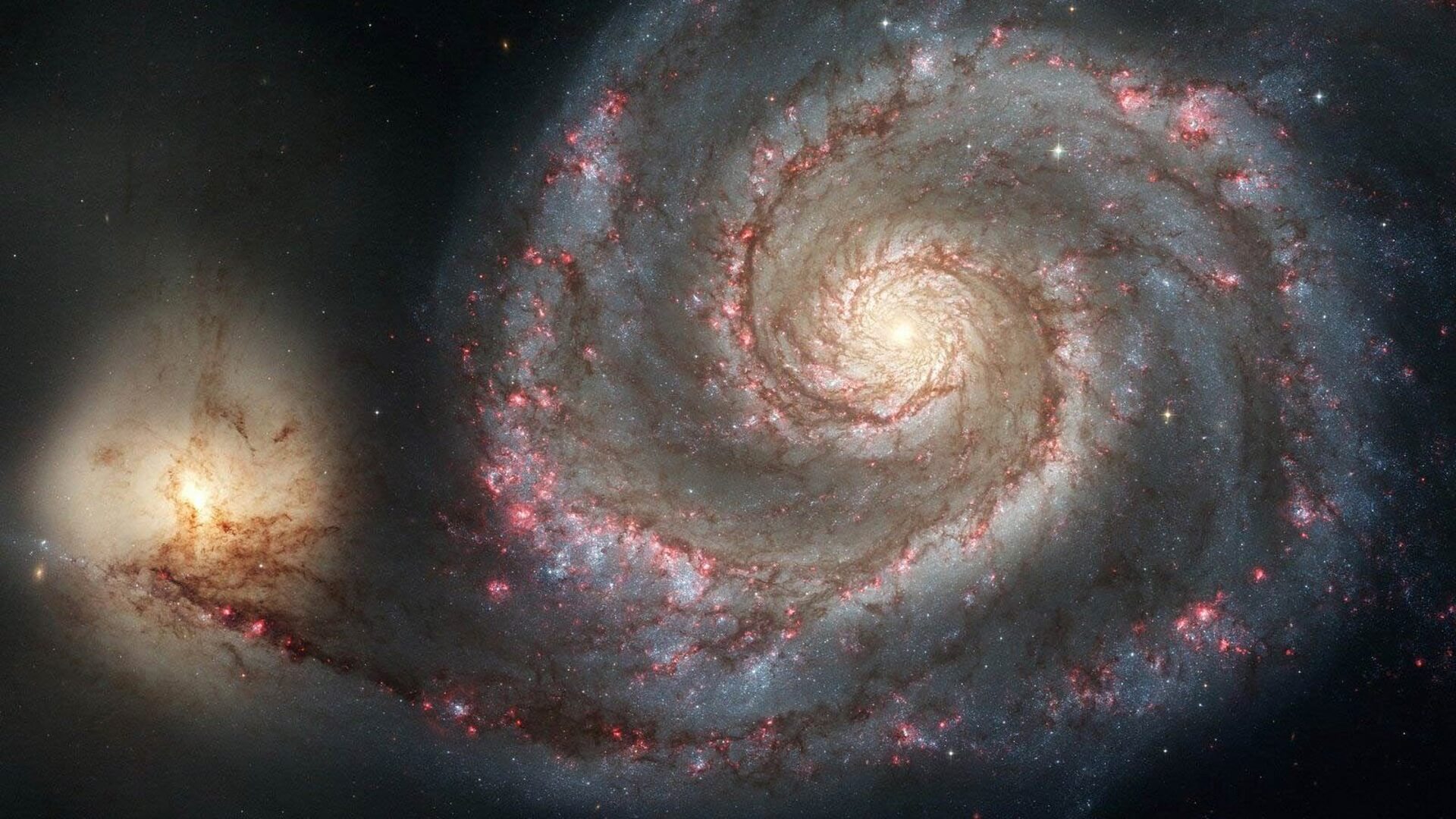
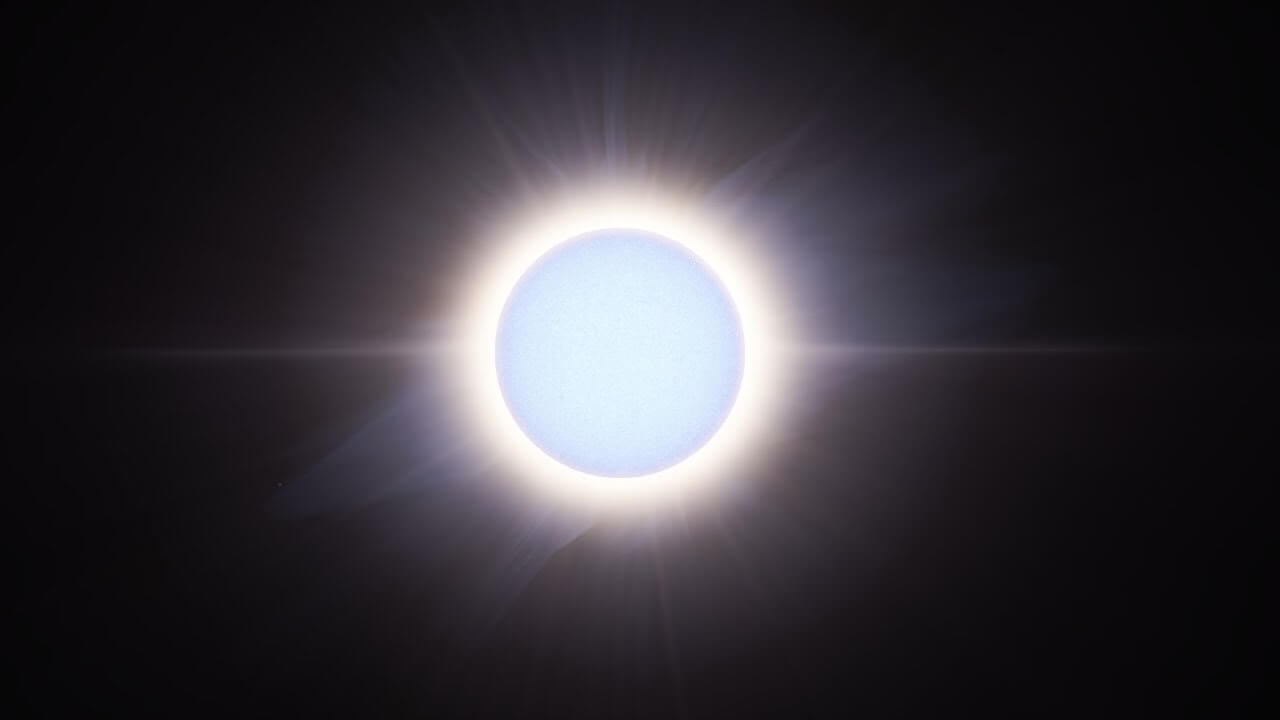
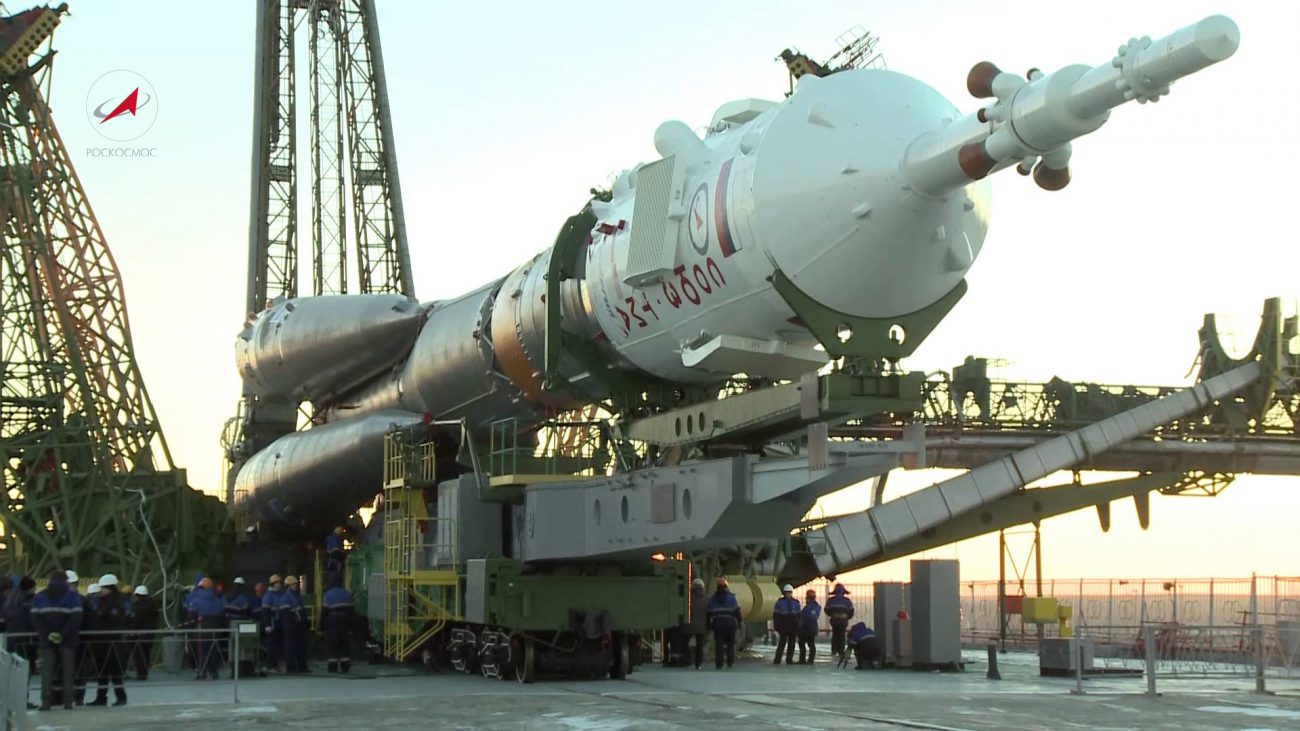
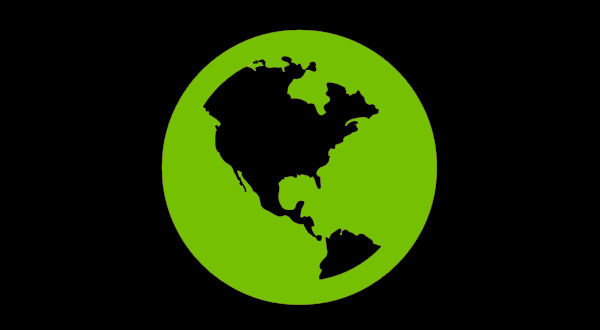
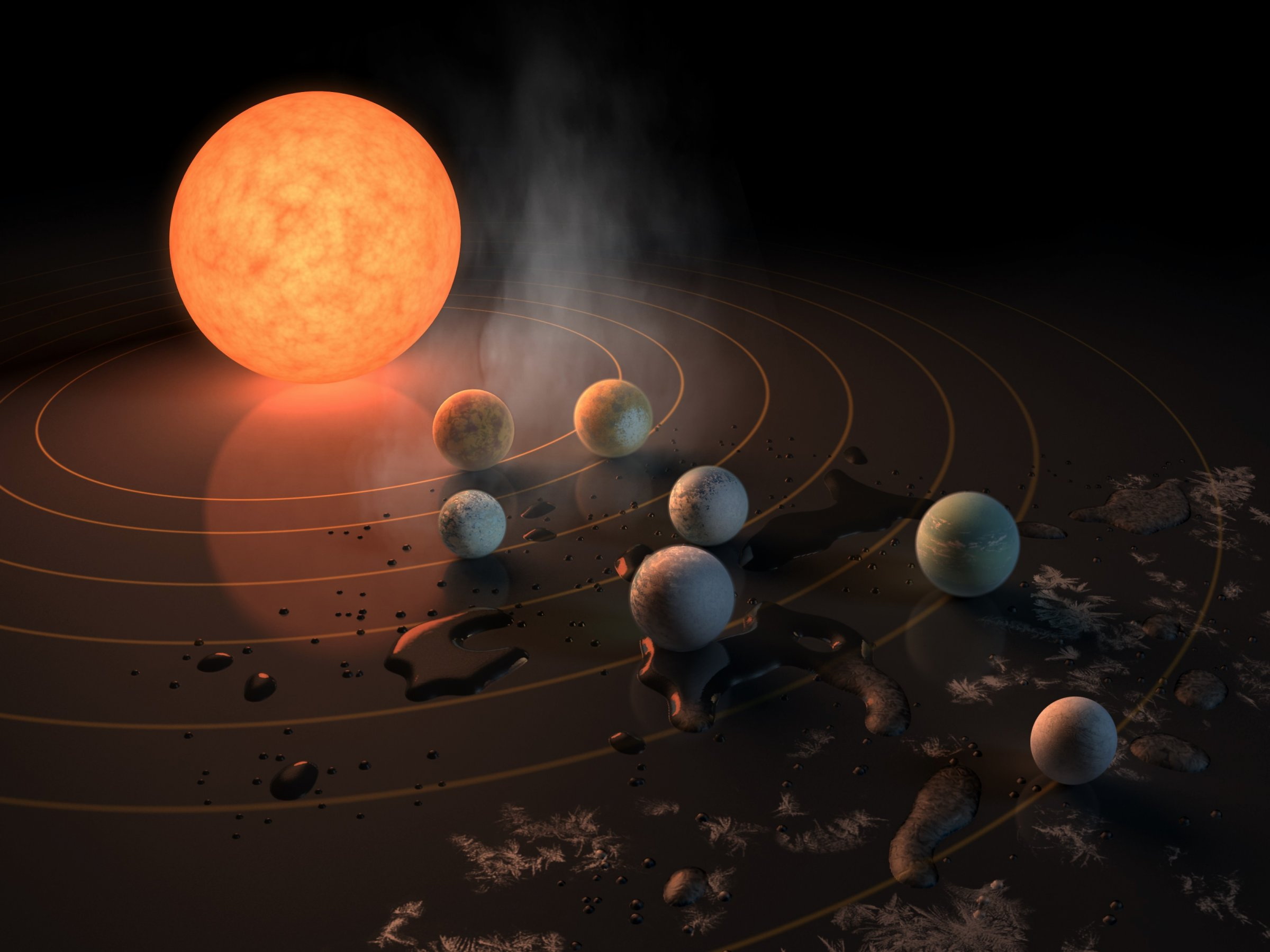
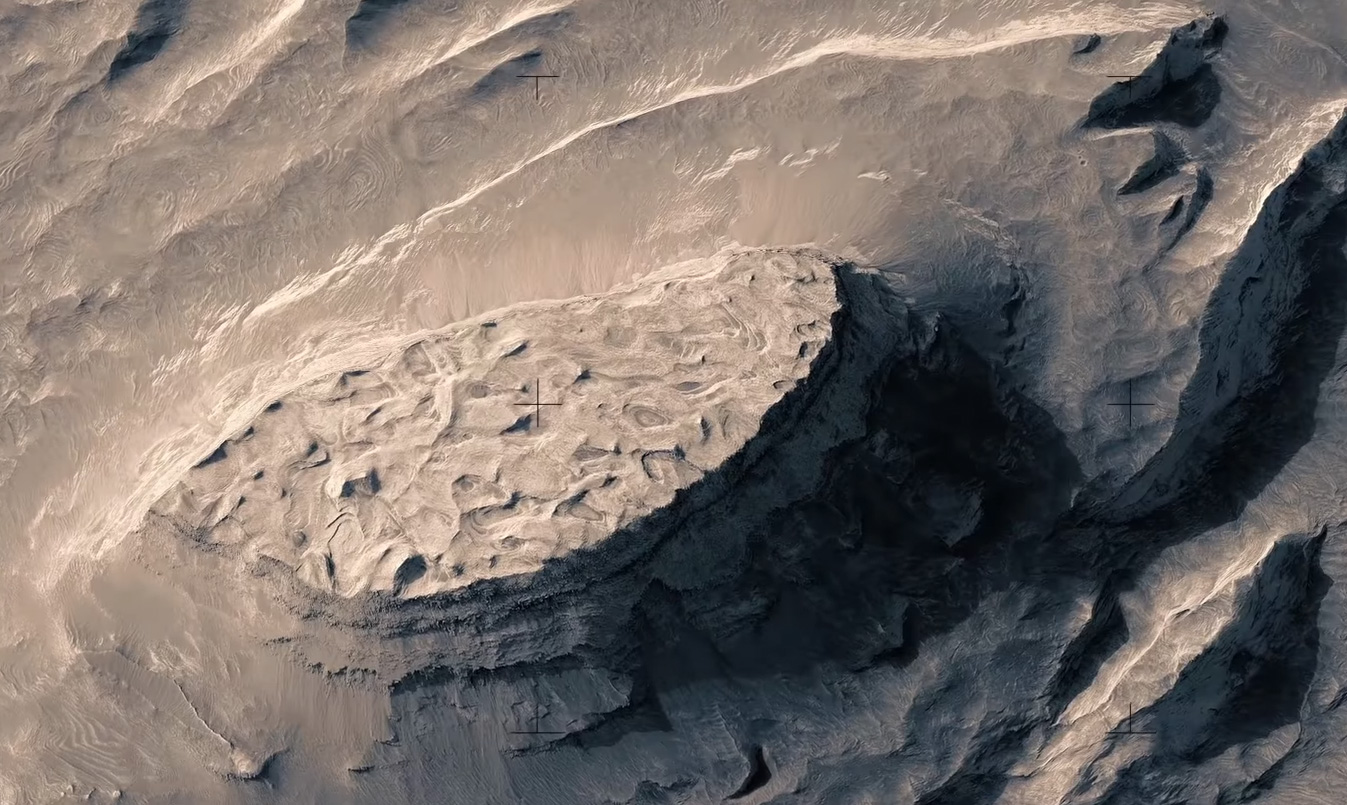
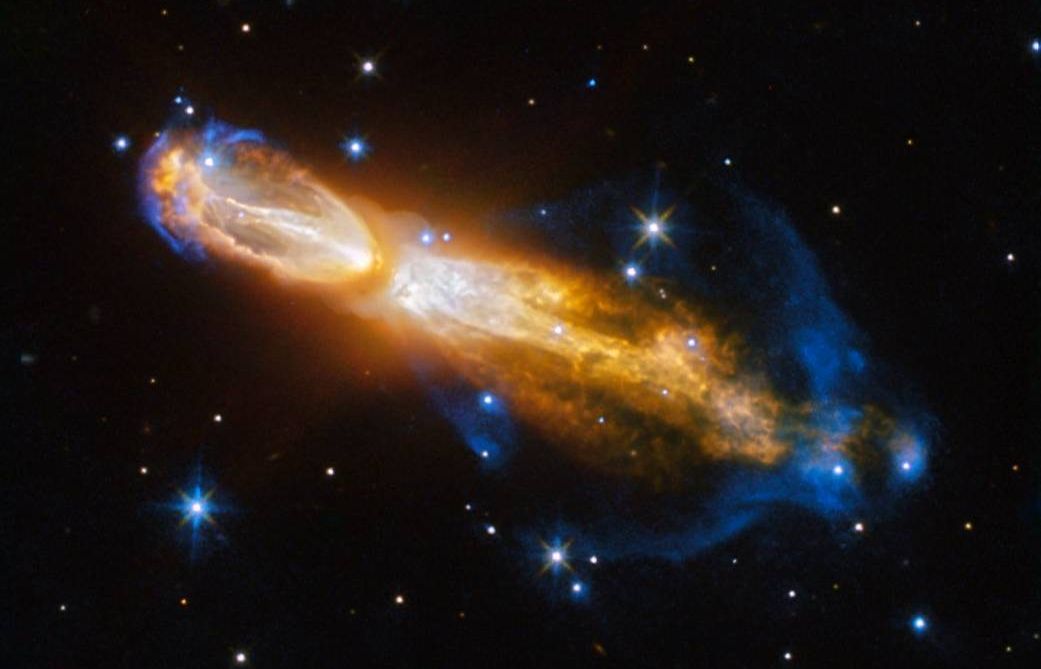
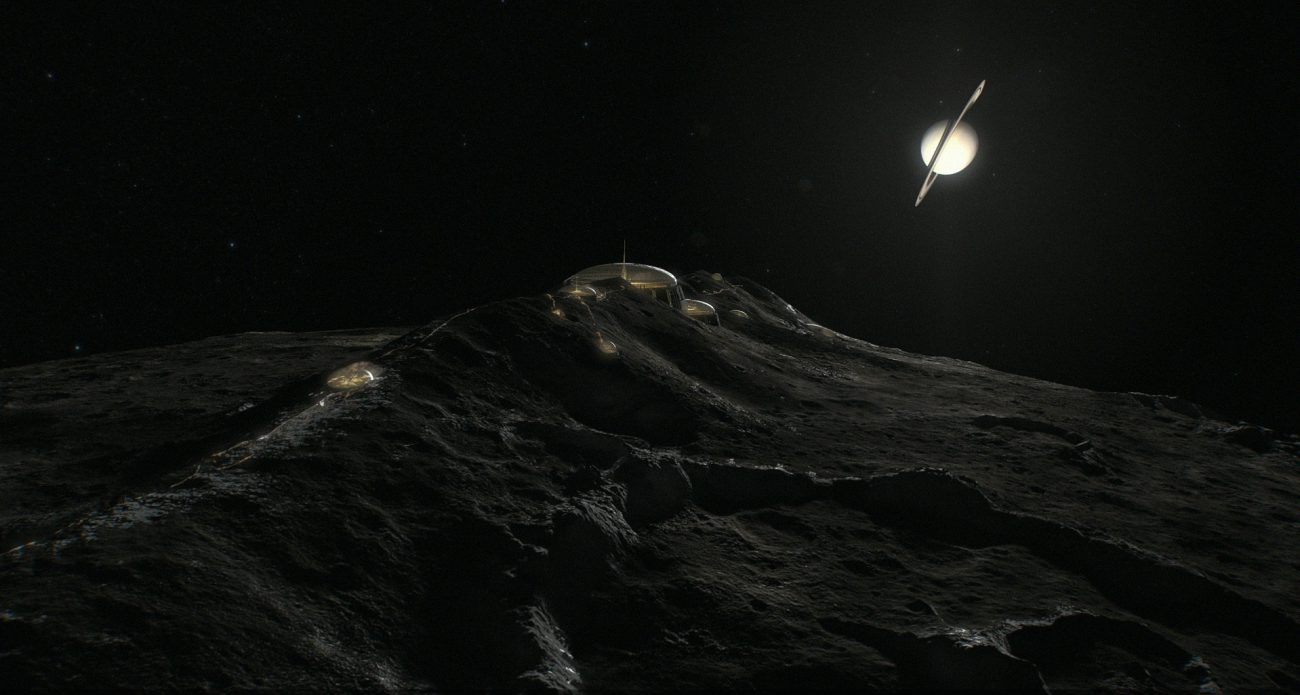
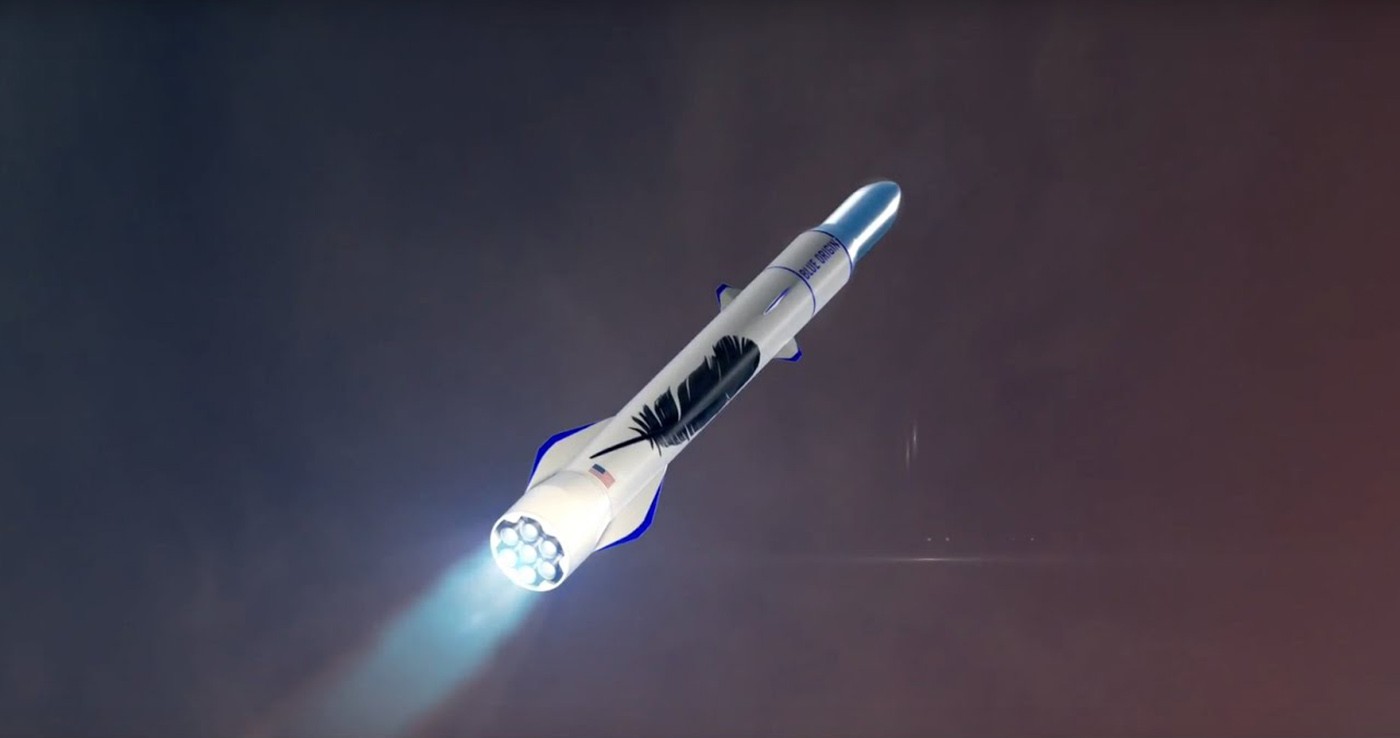
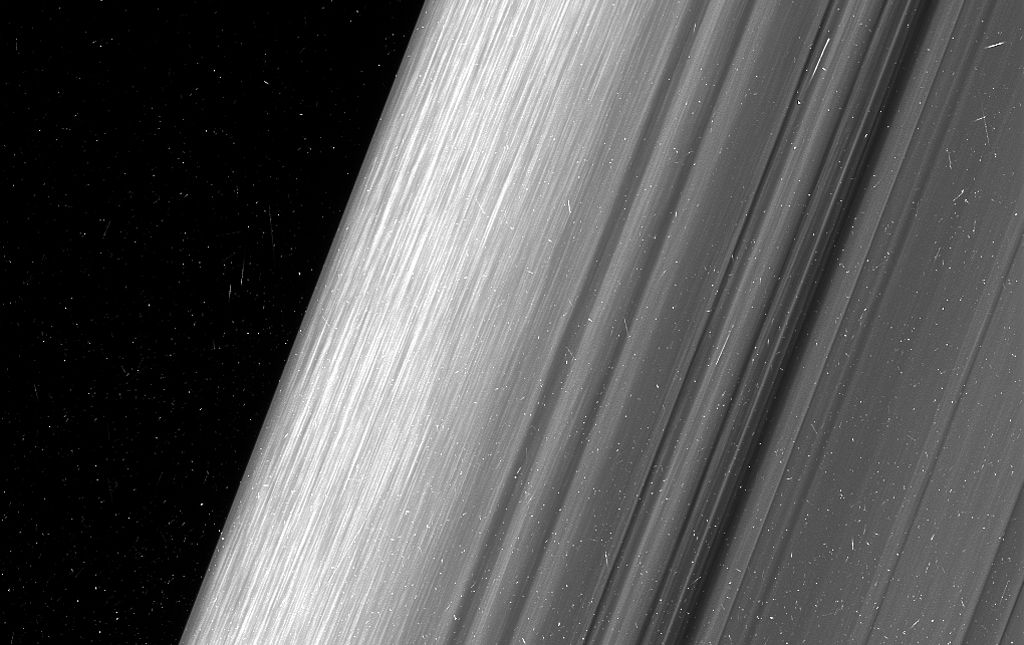
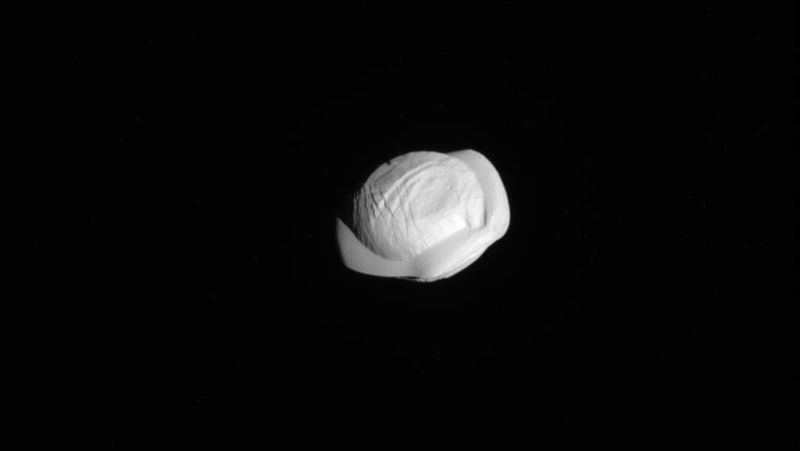

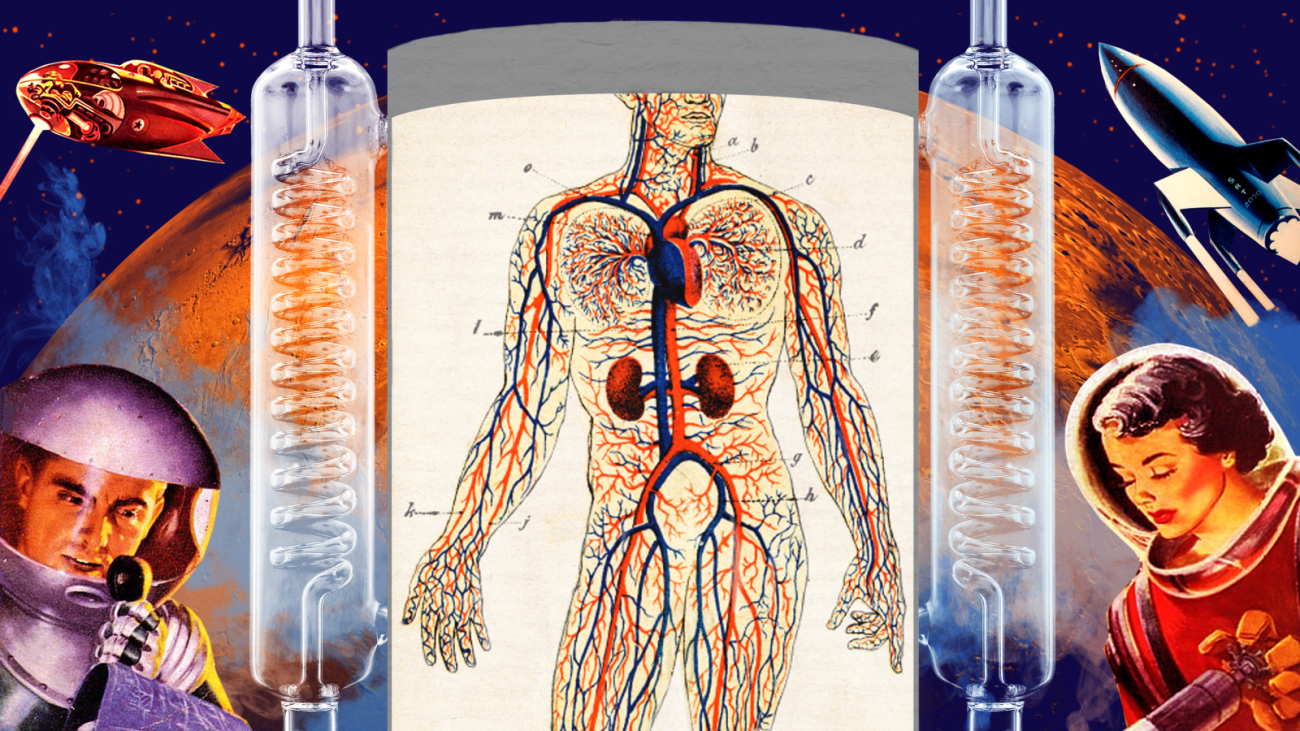
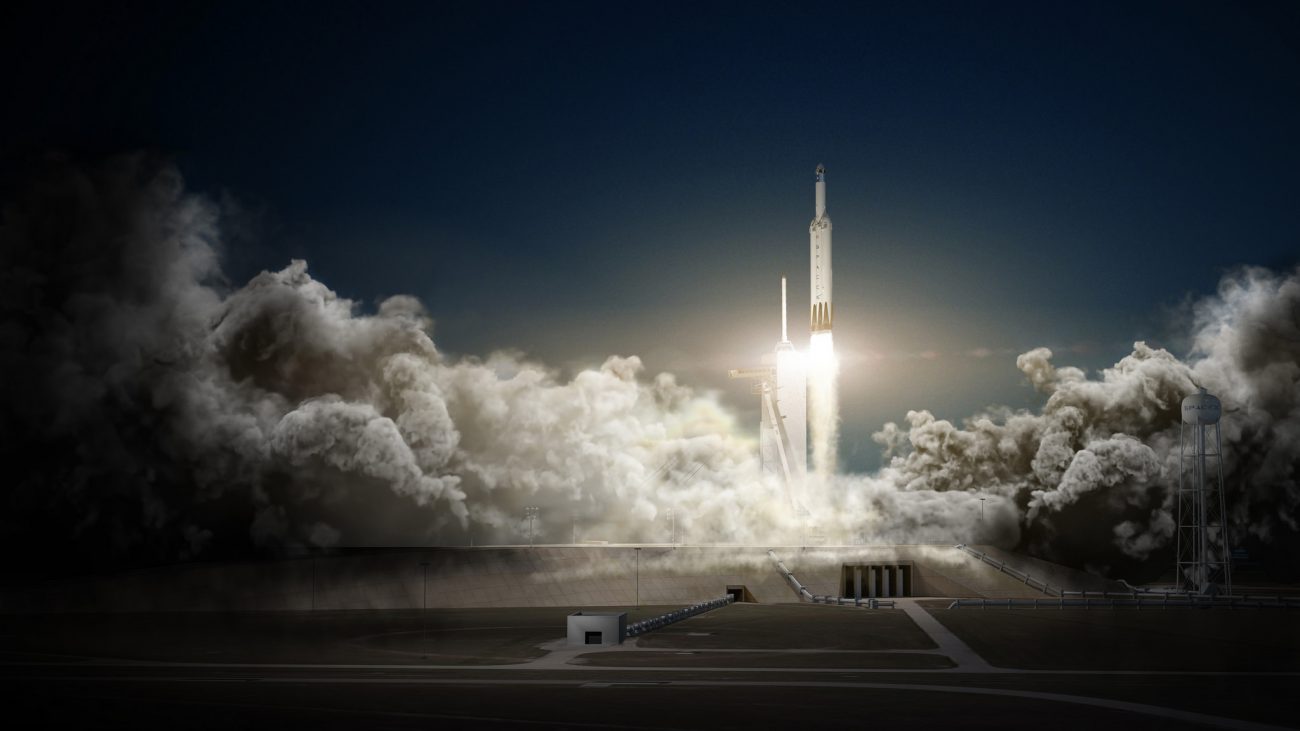
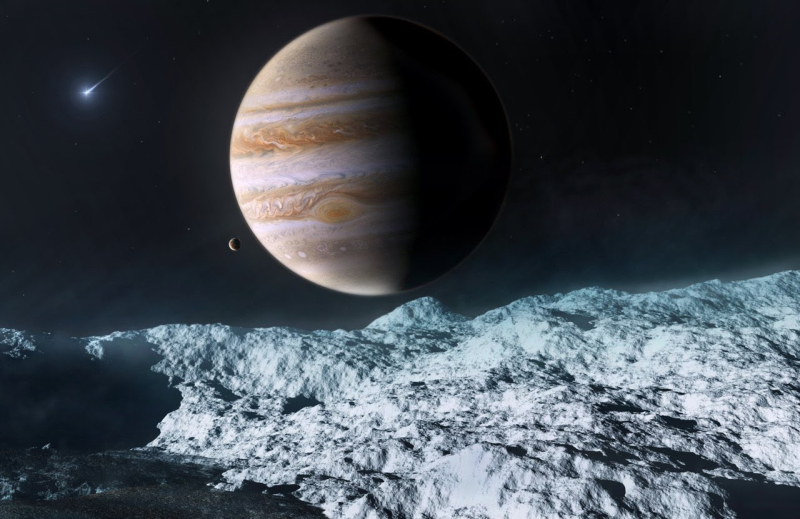
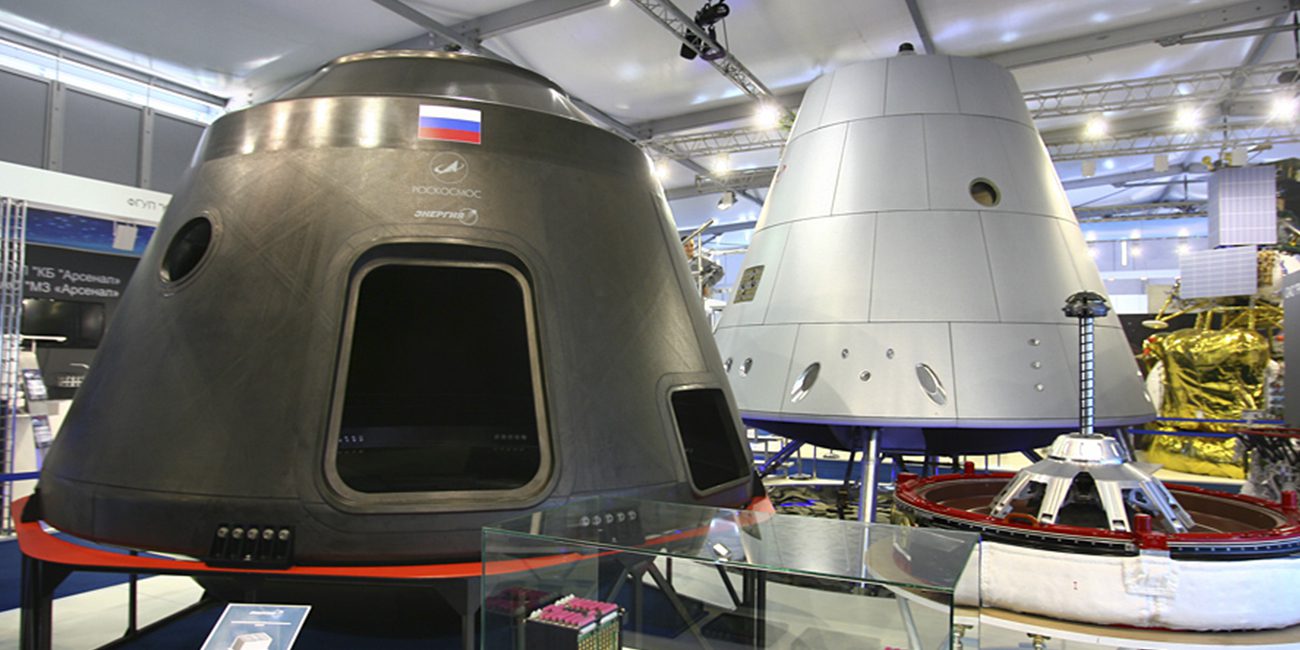
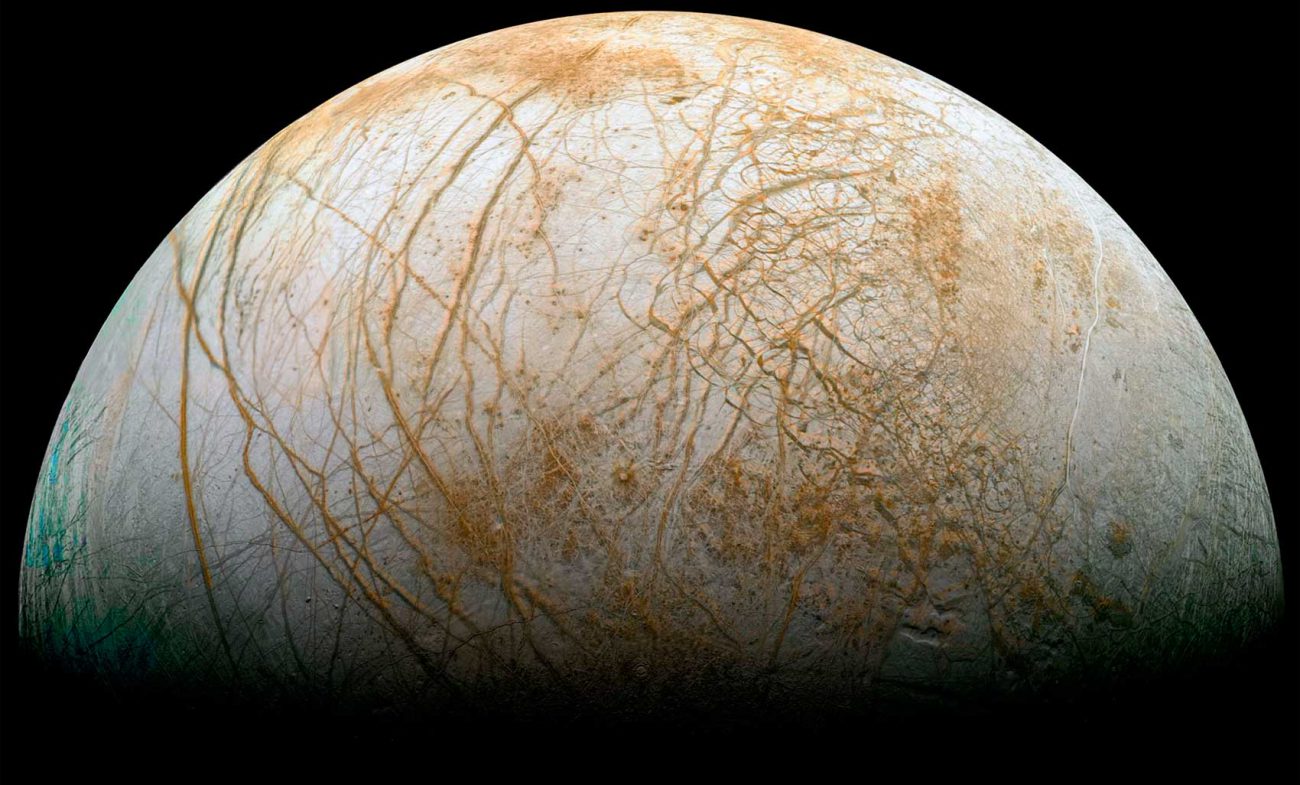
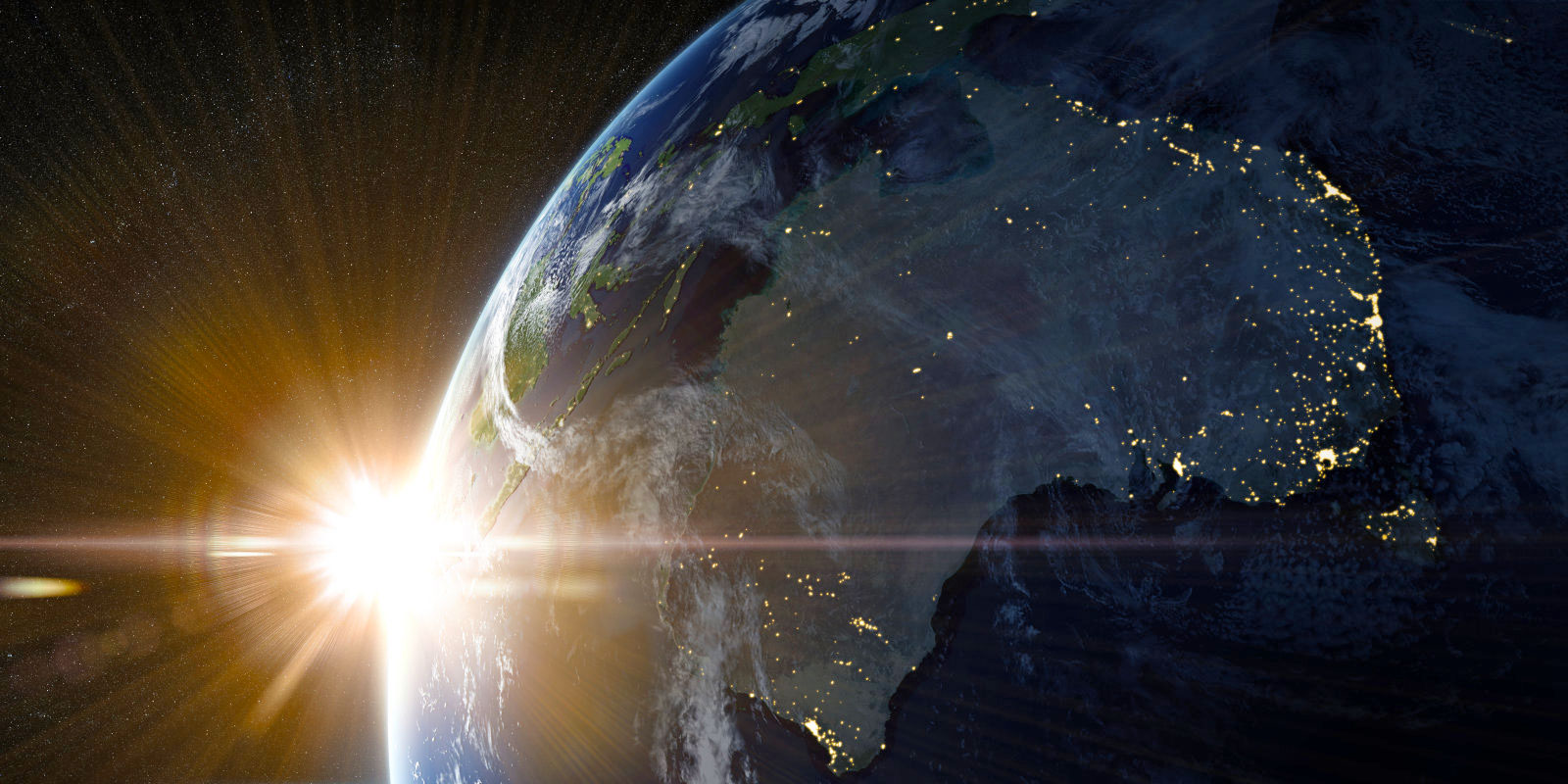
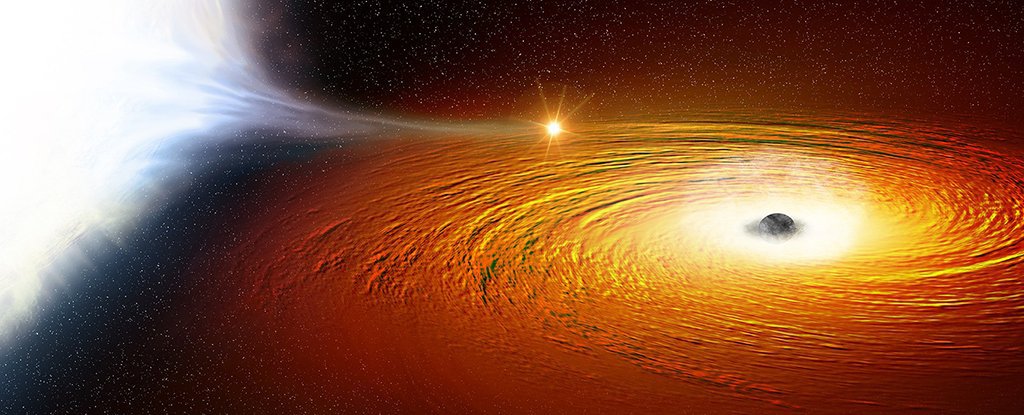
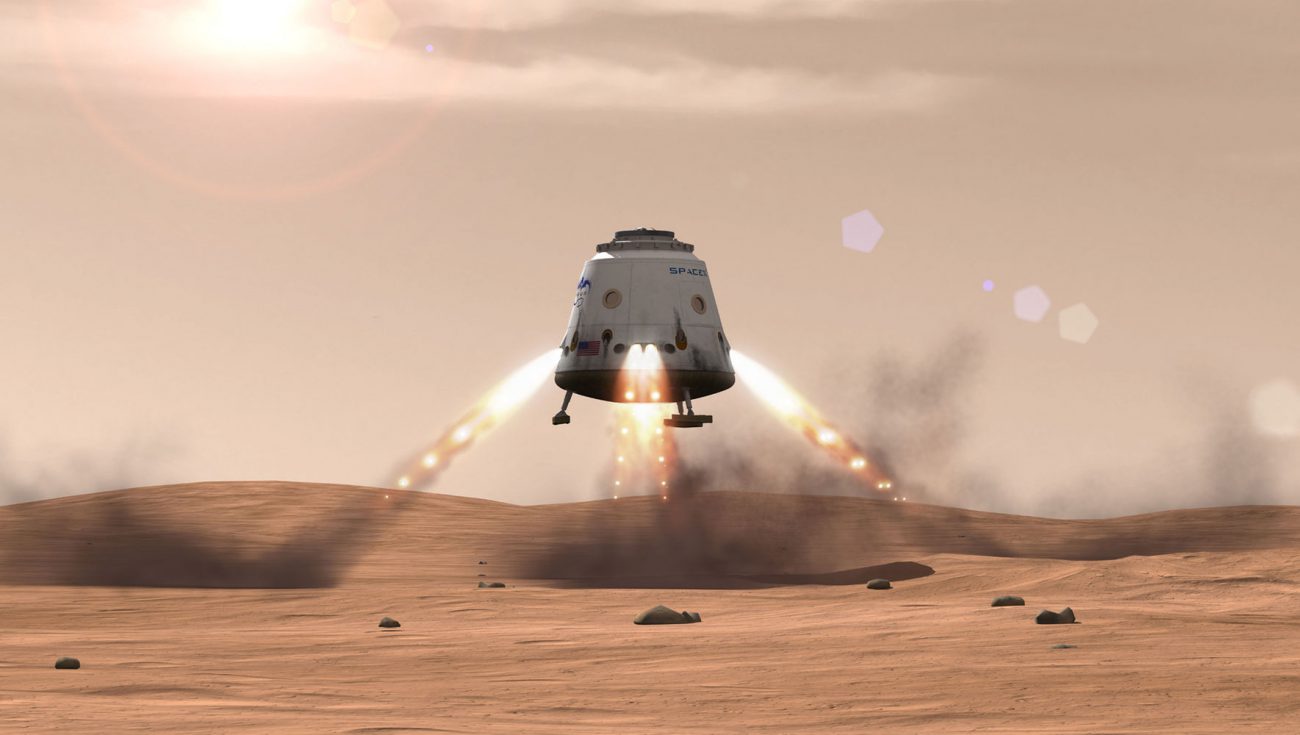
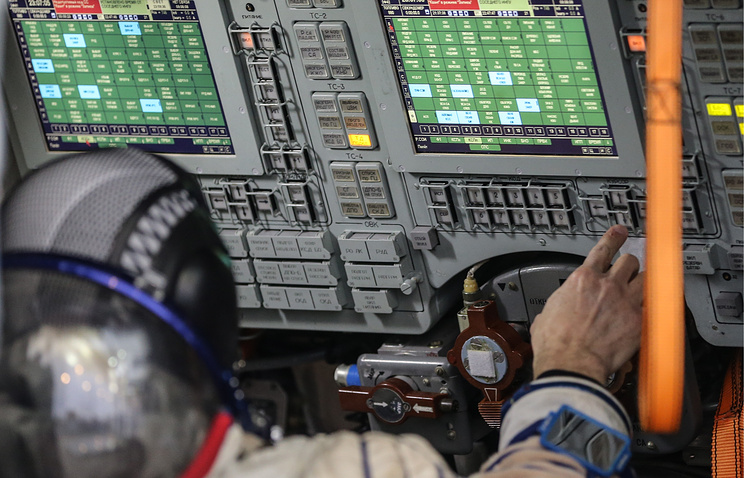
Comments (0)
This article has no comment, be the first!